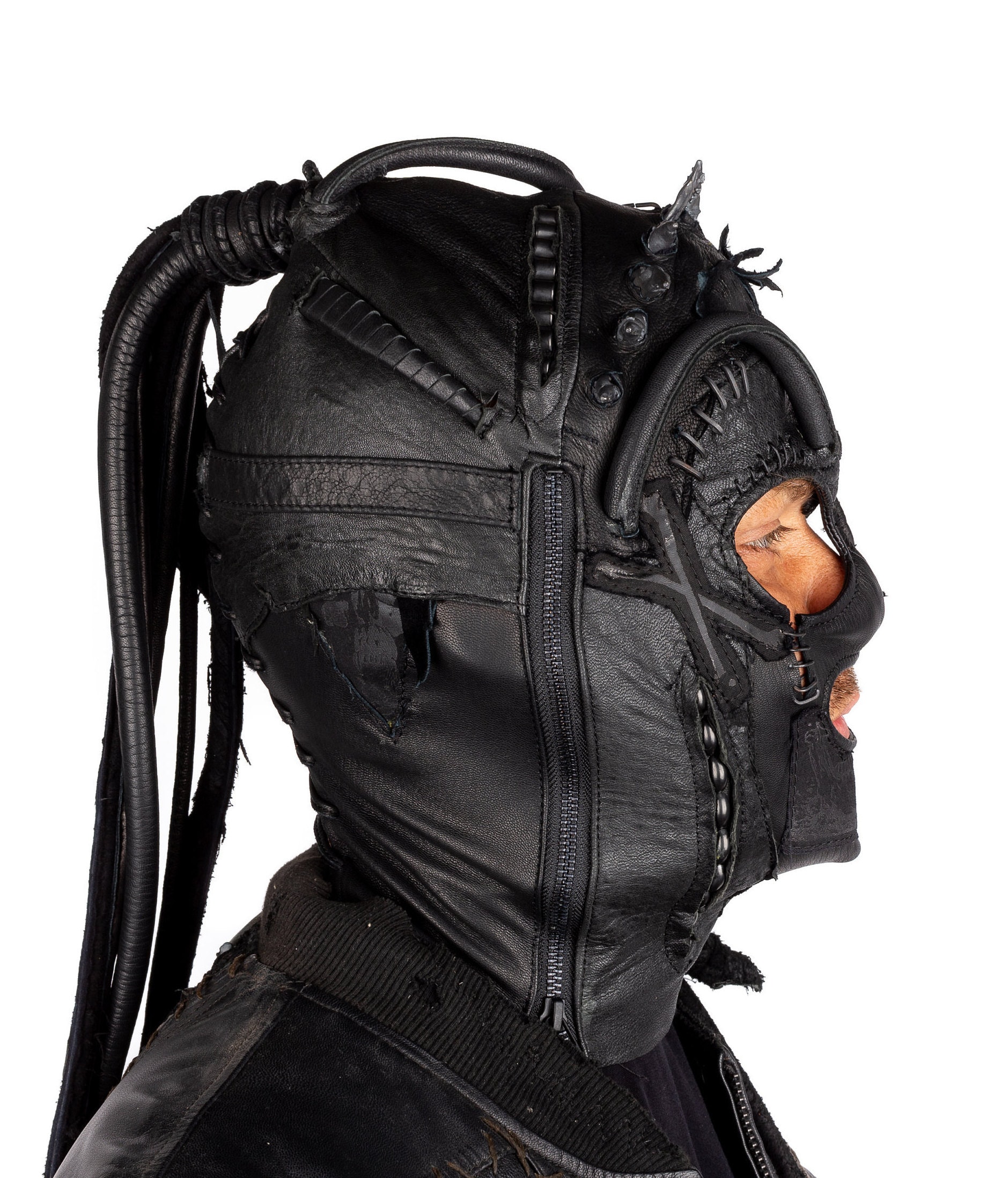

To duplicate an image, right-click on the original layer and select the duplicate layer option.
#Gimp mask how to
Let's see how to do this:įollow the below steps for selective colorization of the image: We can apply many incredible effects to our image, such as changing the background, cloth's color, etc. Colorization of the image Using the Layer MaskĪnother fair use of the layer mask is selective coloring. So the main objective is clear except other parts of the image. In the above image, we have applied a layer mask with a blue background color and clears the face using the brush tool. Now we will drag on the specific area that we want to be clear. To modify the transparency, follow the below steps: It is considered more significant than any other selection tool. The brush tool allows us to select specific parts. We can also modify the transparency of the specific parts by using the brush tool. In the above example, the opacity level was 100 %, but we can reduce it from the layers dialog. We can define the level of transparency by updating the opacity. We can notice the changes in the layers dialog. In the above image, we have selected the red background color for the image. We can select different colors for the different parts of the images. In the above image, we have filled the white color as the background color. It will make the image transparent according to the filled color. We can also do the same by stroking the " CTRL+ ," and " CTRL+." keys, respectively. Fill it with a background or foreground color by using the bucket fill tool. The next step is to select the part of the image that we want to make transparent. But, we can use any tools such as brush, fuzzy selection, or any other tool. To modify the transparency, select any selection tool from the Tools-> Selection Tools menu. Let's understand how to modify the transparency? So, we can manage transparency accordingly. We can modify the image's transparency and color effect using a layer mask as we have selected the white (Full Opacity) layer mask. It will successfully add a layer mask to our image we can notice it in the layers dialog. It will open a dialog window to select the type of mask that we want to add. Now right-click on it and select the add layer mask option. To add a mask to a specific layer, make it as current layer by selecting it. To add a layer mask to a layer is a straight forward process. Now, we can add a layer mask to our layer. It will open a dialog window to define the layer properties.Ĭlick OK to add a layer. We can also do the same by selecting the add layer option from the layers menu. Now add a layer to the current image by clicking on the add layer icon at the bottom of layer dialog: We can open the image by other options or by dragging and dropping from another window as well. Open an image that we want to edit by navigating the File-> Open menu. How to Add a Mask to a Layerīefore adding a layer mask to an image, adding a layer to the image is necessary. The different layer masks are used for different level opacity and transparency, such as white for absolute opacity, black for absolute transparency, and gray for partial opacity/transparency. So the layer mask makes the image transparent, opaque and partially transparent.
#Gimp mask full
The layer masks can be three types white, black, or Gray, representing full transparency, full opacity, or partial transparency.

It is useful for removing the background of the image. They allow us to manage transparency and other components selectively. Layer Masks are an essential tool in photo editing.


 0 kommentar(er)
0 kommentar(er)
